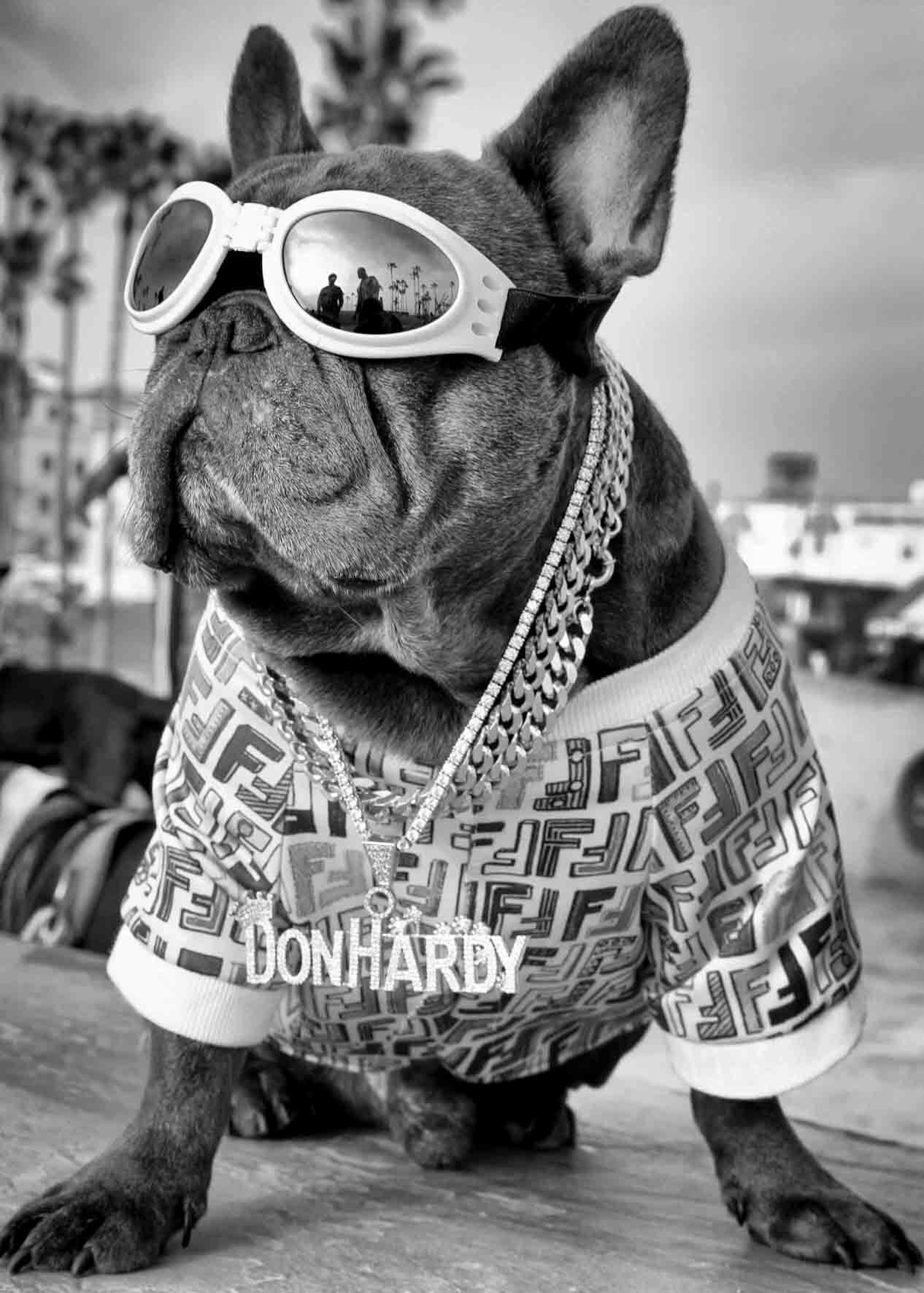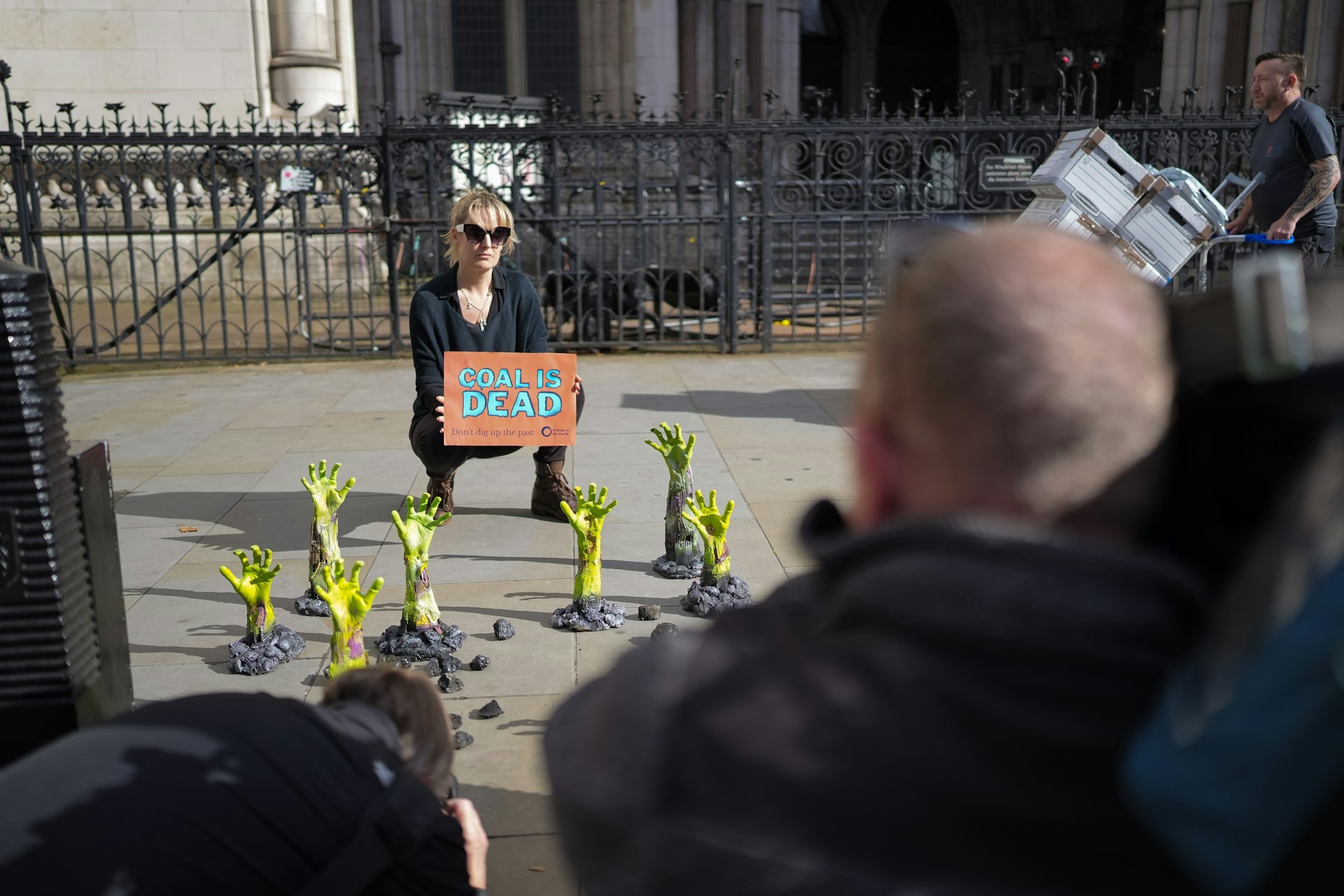How War on Drugs’ Adam Granduciel waged war on his inner demons
- Text by Jack Kenyon
- Photography by Dusdin Condren

Every once in a while an album comes along that music critics align on. And in 2014, that album was Lost in the Dream. Journalists from Europe to America called the record “timeless” – a laudable feat for any band, least not on their third release. Since then, fans have swarmed to see Philadelphia’s The War on Drugs play live; they’ve sold out Brixton Academy and other daunting venues across the globe. But this ascent into the mainstream was not fuelled by a strong-armed marketing campaign. It came from good-old faithful word of mouth. Circling from deejays to listeners to critics, the album was buoyed into recognition on the basis of its sound and little else. In an age of oppressive advertising and social media hype, it’s an organic feelgood story that every creative person dreams of. But if you dig a little deeper, the emotions that were drained into this record tells another, darker story of the struggle of one man.
Adam Granduciel is The War on Drugs. You might see him leading a tight band when they play live, but when the music is being written, Granduciel is alone. Glance at the bleeding album cover and you can see this. But listen to Lost in the Dream and you can feel this. The album is deeply personal in the most secluded way. “I had a whole year off,” Granduciel says. “We didn’t play a single show for a year and I had every hour of every day to either think about the record, or work it out.” Recording most of the album inside his large empty home in Philadelphia, the solemn introspection is audible. “I wasn’t necessarily down and out,” he says. “I guess I just had so much time to myself that I was wrestling with a lot of things.”
Speaking before his final show in the UK, Granduciel is excited. In this moment he couldn’t seem further removed from the fraught nature in which the record was made. In interviews last year, he talked openly about suffering from “depression and paranoia” after splitting up from his girlfriend and finding himself “isolated, emotionally and physically, from both myself and my community”.
And yet, like his uplifting, anthemic songs, Granduciel is gregarious and charming. But it’s his willingness to still talk openly that is perhaps most endearing. “I still wrestle with the same kind of feelings that I’ve always had,” he says. “When I was making the record, and I was alone most of the time, I was under a lot of pressure. I think a lot of those feelings I’ve always had in my life were magnified.”
By industry standards, at the age of thirty-seven, Granduciel is a little late for this type of success. And though it seems to have come easily, there are limits to what it can cure. “I don’t think any of that stuff is going to go away, or is necessarily solved by any sort of success or whatever. If anything, it’s solved by being so busy. And so exhausted, constantly,” he says. “I can’t really react to the albums or my music in the same way that I guess other people can. I’m highly critical of it and I’m highly critical of myself. I’ve always been like that. And then when it’s under a microscope like it is now – not necessarily a microscope, but now it’s a lot more exposed – it’s an even more intense level of, uh, self-loathing.”
If being a rock star was once about girls and money, sex and drugs, it’s probably not anymore. But that was never Granduciel’s goal. “I was never shooting for this. It was always just about recording cool music and playing music with my friends,” he says. “And that’s just as important as playing the game, you know? All of it, all of it is important. When you’re touring in a car around America, that’s just as important [as playing live].”
Revered for his emotional honesty, Granduciel speaks just as openly about his creative process – a process that sounds more akin to a long, hard slog than a singular epiphany. And yet, working through it all in a large lonely house, Granduciel has made something that will stand the test of time.
“Some people can make beautiful things very quickly and other people have to work on it day to day, to make it a craft,” he says. “You work on playing guitar every day, you work on writing and playing piano every day. For me, it’s a little bit more of that approach. I don’t think I would sit down and just spew it out and have it be me. I feel like I have to work at it.”
Lost in the Dream is out now via Secretly Canadian.
This article originally appeared in Huck’s Fiftieth Special, a collection of fifty personal stories from fifty inspiring lives. Grab a copy now to read all fifty stories in full. Subscribe to make sure you don’t miss another issue.
Latest on Huck

Autism cannot be cured — stop trying
A questionable study into the ‘reversal’ of autism does nothing but reinforce damaging stereotypes and harm, argues autistic author Jodie Hare.
Written by: Jodie Hare

Bristol Photo Festival returns for second edition
After the success of it’s inaugural run, the festival returns this autumn with exhibitions, education and community programmes exploring a world in constant motion through still image.
Written by: Ben Smoke

Documenting the life of a New York gang leader paralysed by gun violence
New photobook ‘Say Less’ is a complex yet humanising look into a life wrecked by gun violence and organised crime.
Written by: Isaac Muk

The woman who defined 80s Hip Hop photography
A new exhibition brings together Janette Beckman’s visionary and boundary pushing images of an era of cultural change and moral panic.
Written by: Miss Rosen

In photos: the dogs of Dogtown
A new photobook documents Venice Beach’s four legged friends and their colourful cast of owners.
Written by: Isaac Muk

Inside the battle to stop coal
As the legal challenge against Britain’s first deep coal mine in 30 years reaches the High court, we talk to activists at the centre of the fight to stop it.
Written by: Ben Smoke